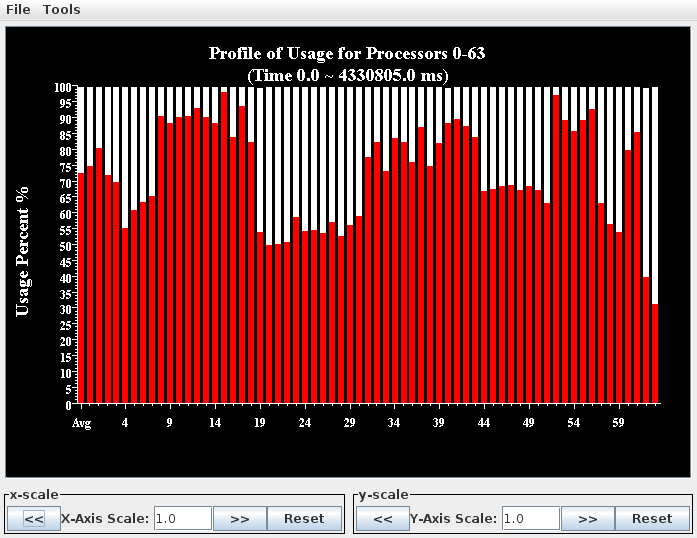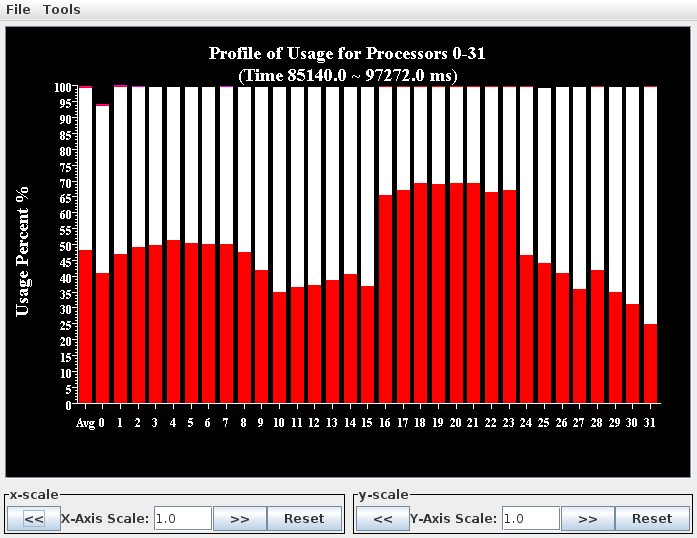
 Center for Petascale Computing
Center for Petascale Computing
Improvement of climate models and climate forecast is of fundamental importance
to the US Climate Change Research Program. While continued research on
development of more detailed biogeochemical and climate models are essential to
estimate more accurately the build-up of carbon dioxide (CO2) in the
atmosphere, the major challenges are in treatment of biogeochemical cycle and
climate feedbacks in an Earth System Model. The overarching objective of this
research is to reduce uncertainties in the understanding of how Earth's
climate, biogeochemical systems, and human activities interact over the 21st
century and beyond. This is addressed through simulations using a more
computationally efficient climate system model that includes a full range of
human and natural climate feedbacks with increased realism and spatial
resolution. There are not only climate science challenges, but also computer
science challenges of integrating existing codes, extending the codes,
parallelizing the codes efficiently and tuning them on supercomputers.
In this research, we respond to these two science challenges by adopting an
adaptive parallel runtime system in an Earth System Model for efficient
scalable climate simulations, which allows more realistic Earth System
simulations with a more comprehensive treatment of a full range of
anthropogenic and natural climate feedbacks, while improving the understanding
of the effects of human-induced emissions and management on ecosystems and
related resources over the 21st century and beyond. To address the climate
science and computer science challenges, this project synergistically combines
major strengths from two research groups at Illinois. From the climate science
side, the Atmospheric Science specialists have been undertaking a series of
global modeling studies to better understand how the interactions among the
climate, the biosphere, the ocean and human activity can quicken or slow the
pace of climate change. To study these interactions, a state-of-the-art
Earth-system modeling framework, the Integrated Science Assessment Model
(ISAM), has been developed. From another side, the Computer Science specialists
have been developing the Charm++ and AMPI adaptive runtime system, which has
empowered various scientific applications to scale to thousands of processors,
in particular through the use of dynamic load balancing. We aim at a combined
effort to significantly accelerate the execution of state-of-the-art climate
simulations on modern supercomputers.


Investigator: Laxmikant V. Kale, Atul Jain